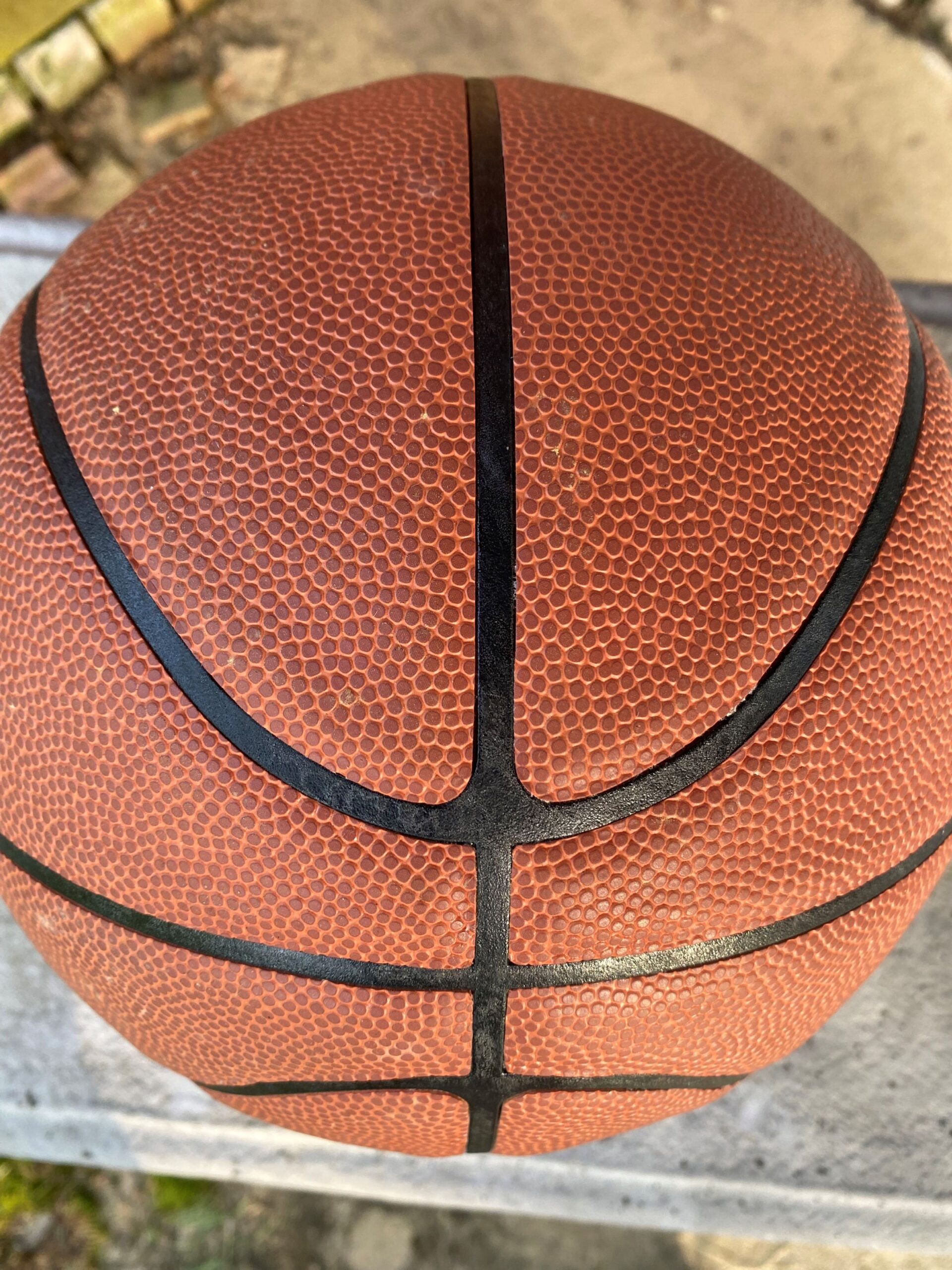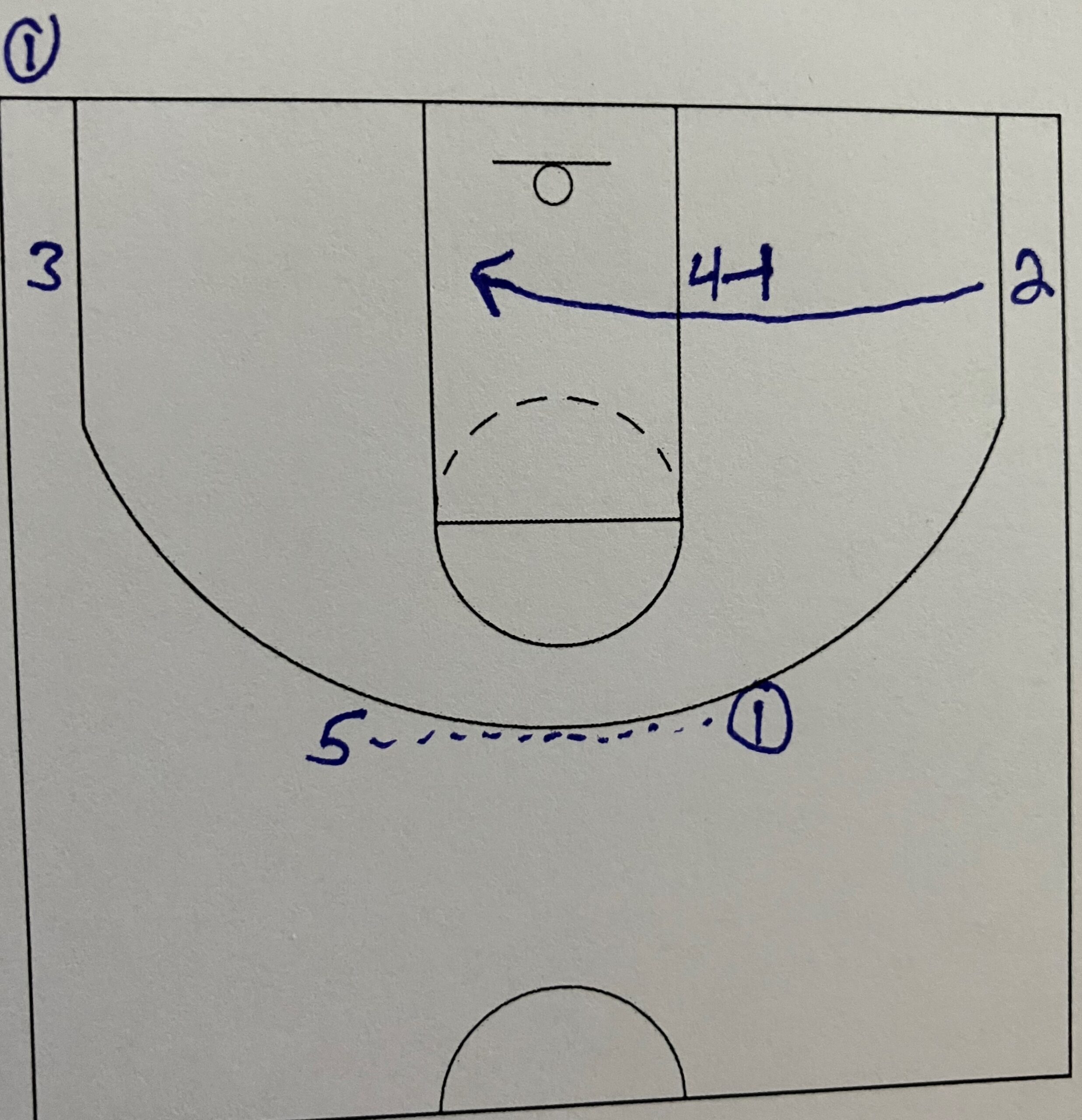At the high school level, there are a lot of people that have a primary offense and put that offense into practice from the varsity level all the way down to the youth levels. I have nothing against that but team dynamics and team personnel change every season. The best offense to use could change every year at the varsity level. And at the youth level, the skill of the players will determine what style of offense is best to use for the team.
At the high school level, especially at the JV level there will be years where the skills of the players are just not very high. How can a team still compete at a high level even if they are at a skill disadvantage.
There are offenses to maximize a teams potential while at the same time minimizing a teams disadvantages. One offense is the hi-post screening offense that maximizes passing and cutting and minimizes the need for dribbling and outside shooting. This offense can also be used as an offense to slow down the game and run some clock on offense. And it can be used to attack an overly aggressive defense with reversals and changing the point of attack.
Initial Setup

The setup is a 4 out 1 in offense. One player is at the hi-post and will remain in the hi-post throughout the offense. The ball will start in the center of the court. One side of the court will have one player and the other side will have two players.
The first pass will go to the side of the court with only one player. This requires the single player to get open. This is the only part of the offense that has a player working by themselves to do something offensively. After this pass, the offense will be working together to get open and create shots. After the first pass…
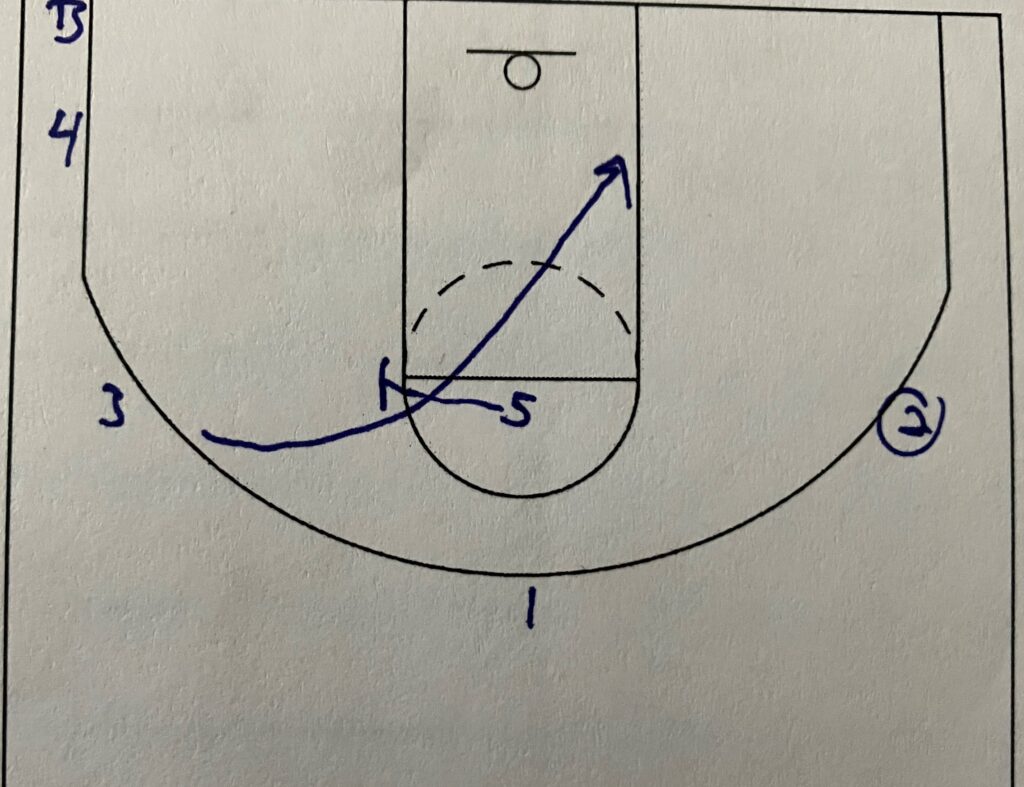
The hi-post turns and sets a screen for the opposite wing to cut to the basket. This cut will happen over and over again. The offense relies on the defense to eventually get lost and the cutter will come open for an easy layup. If the defense starts ball watching or does not get over into a midline position then the cutter will come open off the screen. The cutter usually will not come open off of the first hi-post screen so the offense has to continue.
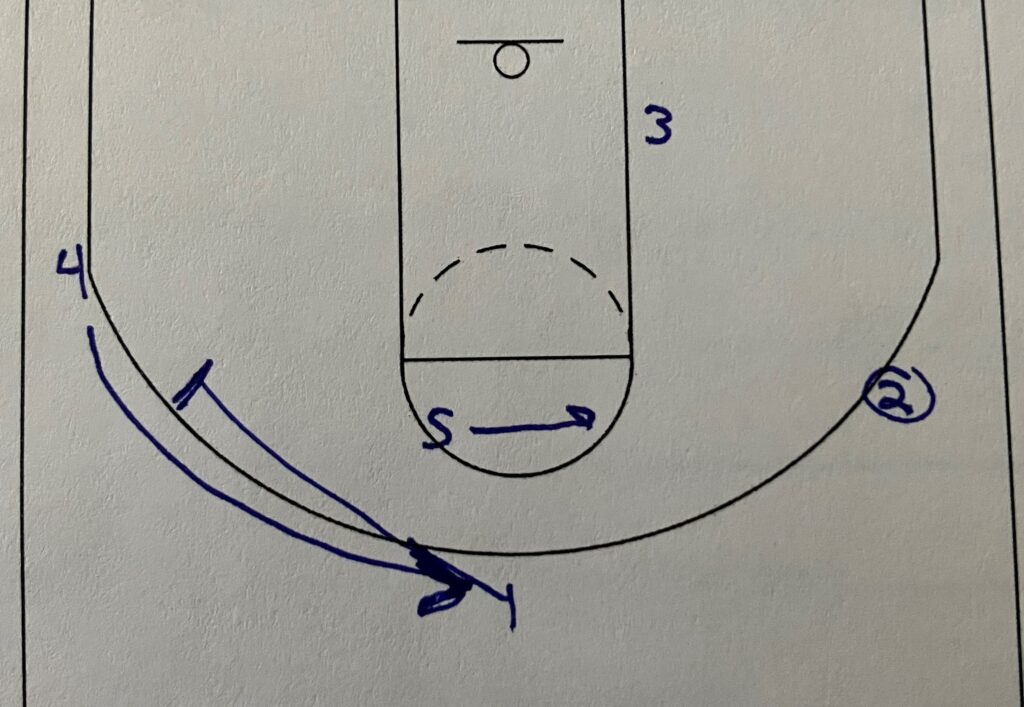
After the cut, two things happen. The hi-post screener(5) flashes back to the ball. If their defender drops to help on the cutter then they will sometimes be open for a pass and shot at the foul line. If the cutter off the screen comes open then the next possession or two will have the hi post man open on the flash.
The 2nd thing to happen is the point(1) screens away to the big(4). This switching can be either a screen or just an interchange. That is a coaching decision but the point(1) and big(4) are going to switch spots. This interchange is important because it makes their two defenders have to react which takes away the backside defensive help. Without the interchange the cutter off the hi post screen will never be open.

This might be the most important part of the offense. After the cutter, flash, and interchange the offense is back in basically the same setup as the initial start. The forward(3) steps out away from the block after their cut. Now the ball must reverse and reverse fast.
The reversal being fast helps to change the point of attack as well as does not give the defense the time to react to the swing. The offense is designed to get a cutter off of the hi-post screen running to the ball. A quick reversal does not give the defense time to get over to midline. A defense in midline position will stop the hi-post cutter every time.
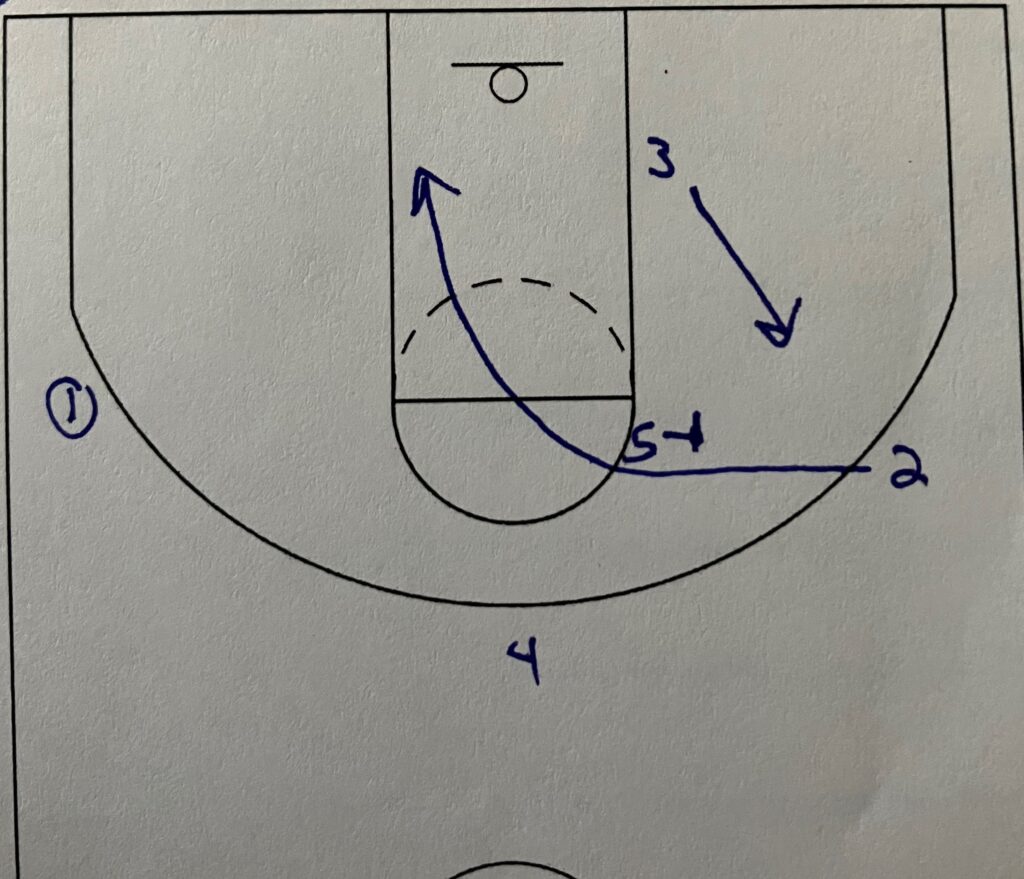
Now the offense is going to repeat. The center(5) is setting a screen for the guard(2) to cut to the basket. The offense is looking for this cut to be open for a layup. Since the offense repeats, the offensive team can keep running the offense until this cut is open.
This is where a team can slow the game down and limit possessions. A team at a skill disadvantage should want to limit possessions and keep the score as low as possible. This offense has the ability to reduce the number of possessions in a game.
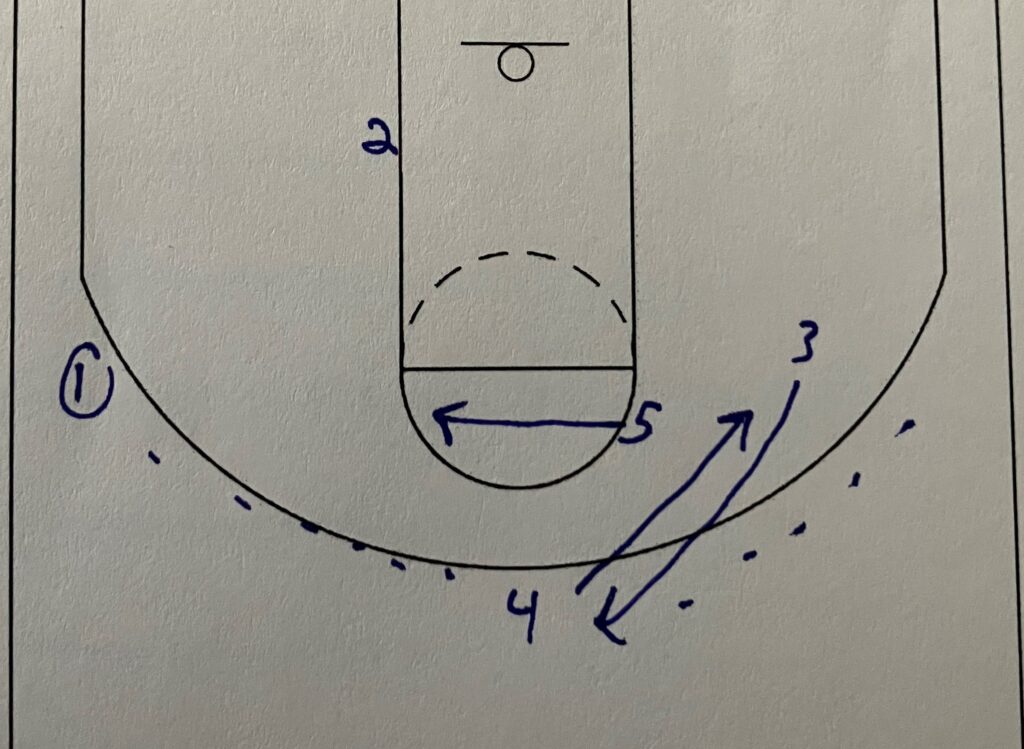
After the cut, the center(5) flashes to the ball for a 2nd opportunity for a shot. The two backside players interchange keeping their defenders occupied. And now the ball reverses again. The four outside players are going to end up in each spot where they are going to be the cutter at some point.
An added wrinkle is having a certain player post after the cut for an isolation post feed. If an offensive player has an advantage in size then this isolation post might be a nice addition to take advantage of that size difference.
Conclusion
This offense is a great offense to use when the players are not at a high skill level. It still involves a lot a movement, passing, and cutting. I would not use this offense with every team but their are teams out there who would benefit from running this offense. It does not need players to create their own shot. It does not rely on outside shooting.
It does take some time for players to learn the timing of the pass to the cuts. And the biggest issue I have seen with this offense is the ability of the players to see their teammate coming open off the screen and make a good pass to them for a layup. If the players are not highly skilled then they may not see the open cutter early enough for a pass.
However, the players will get better at seeing the open cutter. Once the players start to see the open cutter earlier than the layups will increase.

